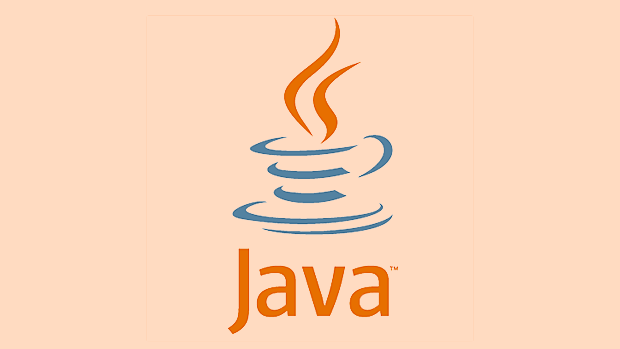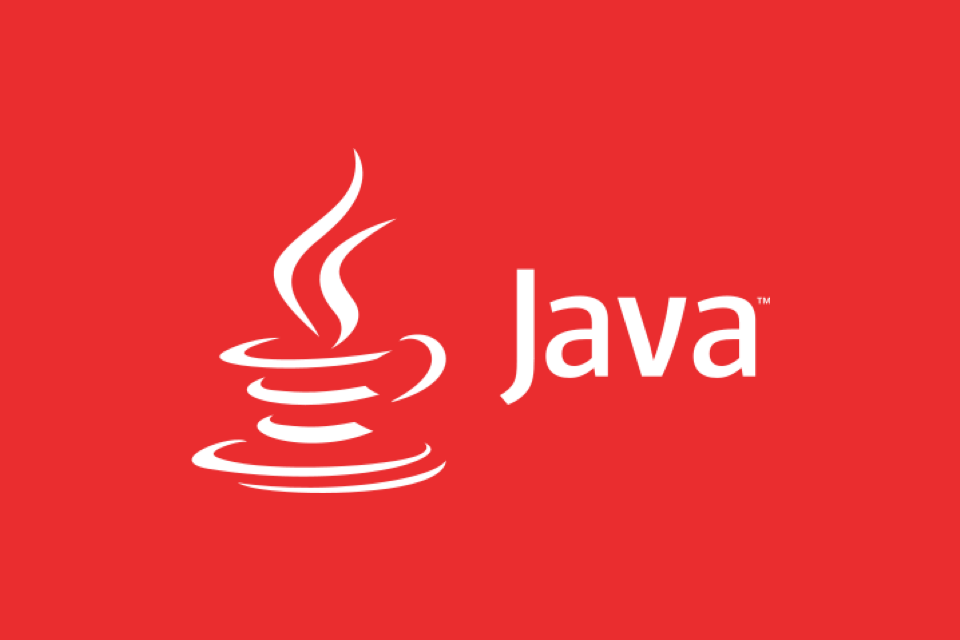GraphQL can be easily integrated in Spring Boot through official support. 1. Use spring-boot-starter-graphql to add dependencies; 2. Define the schema.graphqls file under resources to declare Query and Mutation; 3. Use @Controller to cooperate with @QueryMapping and @MutationMapping to achieve data acquisition; 4. Enable GraphiQL interface test API; 5. Follow best practices such as input verification, N 1 query prevention, security control, etc., and finally implement a flexible and efficient client-driven API.

GraphQL isn't just for frontend or Node.js developers — Java developers using Spring Boot can leverage its power too. If you're building APIs in Java and tired of over-fetching or under-fetching data with REST, GraphQL offers a flexible alternative. With Spring Boot, integrating GraphQL is surprisingly smooth.

Here's how Java developers can start using GraphQL effectively in a Spring Boot application.
1. Why GraphQL Makes Sense in Spring Boot
REST has been the standard, but it comes with limitations:

- Multiple endpoints for similar data.
- Clients often get more (or less) data than needed.
- Versioning headaches.
GraphQL solves this by letting the client specify exactly what data it wants — all through a single endpoint.
In a Spring Boot app, you can keep your familiar Java-based backend structure while adding GraphQL to expose a more efficient, client-driven API.

2. Setting Up GraphQL in Spring Boot
The easiest way to add GraphQL support is via Spring Boot for GraphQL , part of the official Spring ecosystem.
Add Dependencies (Maven)
<dependency>
<groupId>org.springframework.boot</groupId>
<artifactId>spring-boot-starter-graphql</artifactId>
</dependency>
<dependency>
<groupId>org.springframework.boot</groupId>
<artifactId>spring-boot-starter-web</artifactId>
</dependency>Note: Available from Spring Boot 2.5. For earlier versions, use
graphql-java-kickstart.
This starter includes:
- GraphQL Java (the core engine)
- An embedded endpoint (
/graphql) - Support for schema-first or code-first approaches
3. Define Your Schema (.graphql file)
Create a schema.graphqls file under src/main/resources/graphql :
type Query {
bookById(id: ID!): Book
allBooks: [Book!]!
}
type Book {
id: ID!
title: String!
author: String!
pages: Int
rating: Float
}This schema defines:
- Two queries: fetch one book by ID, or all books.
- A
Booktype with fields.
Spring Boot will automatically detect this schema file.
4. Implement Data Fetching with Controllers
Use @Controller classes to implement query resolvers.
@Controller
public class BookController {
private final BookService bookService;
public BookController(BookService bookService) {
this.bookService = bookService;
}
@QueryMapping
public Book bookById(@Argument String id) {
return bookService.getBookById(id);
}
@QueryMapping
public List<Book> allBooks() {
return bookService.getAllBooks();
}
}
@QueryMappingmaps to top-level query fields.
@Argumentbinds GraphQL arguments to Java parameters.
You can also use @SchemaMapping for nested fields (eg, if Author has many Books ).
5. Handling Mutations (Create/Update Data)
Add mutations to modify data.
Extend your schema:
type Mutation {
createBook(title: String!, author: String!, pages: Int): Book!
}
# Include in Query type as beforeImplement in Java:
@Controller
public class BookMutationController {
private final BookService bookService;
public BookMutationController(BookService bookService) {
this.bookService = bookService;
}
@MutationMapping
public Book createBook(@Argument String title,
@Argument String author,
@Argument Integer pages) {
return bookService.createBook(title, author, pages);
}
}Now clients can create books via GraphQL mutations.
6. Enable GraphiQL (GraphQL IDE)
To test your API, enable the GraphiQL interface (like Postman for GraphQL).
Add:
<dependency>
<groupId>org.springframework.boot</groupId>
<artifactId>spring-boot-starter-webflux</artifactId>
</dependency>
<dependency>
<groupId>org.springdoc</groupId>
<artifactId>springdoc-openapi-starter-webmvc-ui</artifactId>
<version>2.0.2</version>
</dependency>Or use GraphiQL Spring UI :
<dependency>
<groupId>com.graphql-java-kickstart</groupId>
<artifactId>graphql-ui-spring-boot-starter</artifactId>
<version>13.0.1</version>
</dependency> Then access: http://localhost:8080/graphiql (or /graphql-ui depending on setup)
Now you can run queries like:
query {
bookById(id: "1") {
title
author
pages
}
}7. Best Practices for Java GraphQL
- Use Projections or Data Loaders : Avoid N 1 query problems when resolving nested objects.
- Validate Inputs : Use
@Validand JSR-303 annotations on@Argumentparameters. - Error Handling : Customize
GraphQLErrorresponses viaGraphQLErrorHandler. - Security : Integrate with Spring Security — protect queries/mutations like REST endpoints.
- Schema-First Design : Keep
.graphqlsfiles as source of truth; generate classes optional.
Final Thoughts
GraphQL in Spring Boot feels natural once you get past the initial setup. You keep the robustness of Java and Spring (DI, JPA, Security), while gaining the flexibility of GraphQL.
It's not about replacing REST entirely — it's about choosing the right tool when your clients need more control over data.
With Spring's first-class GraphQL support, now is a great time for Java developers to give it a try.
Basically, start small: one query, one type, and grow from there.
The above is the detailed content of GraphQL for Java Developers with Spring Boot. For more information, please follow other related articles on the PHP Chinese website!

Hot AI Tools

Undress AI Tool
Undress images for free

Undresser.AI Undress
AI-powered app for creating realistic nude photos

AI Clothes Remover
Online AI tool for removing clothes from photos.

Clothoff.io
AI clothes remover

Video Face Swap
Swap faces in any video effortlessly with our completely free AI face swap tool!

Hot Article

Hot Tools

Notepad++7.3.1
Easy-to-use and free code editor

SublimeText3 Chinese version
Chinese version, very easy to use

Zend Studio 13.0.1
Powerful PHP integrated development environment

Dreamweaver CS6
Visual web development tools

SublimeText3 Mac version
God-level code editing software (SublimeText3)
 VSCode settings.json location
Aug 01, 2025 am 06:12 AM
VSCode settings.json location
Aug 01, 2025 am 06:12 AM
The settings.json file is located in the user-level or workspace-level path and is used to customize VSCode settings. 1. User-level path: Windows is C:\Users\\AppData\Roaming\Code\User\settings.json, macOS is /Users//Library/ApplicationSupport/Code/User/settings.json, Linux is /home//.config/Code/User/settings.json; 2. Workspace-level path: .vscode/settings in the project root directory
 How to handle transactions in Java with JDBC?
Aug 02, 2025 pm 12:29 PM
How to handle transactions in Java with JDBC?
Aug 02, 2025 pm 12:29 PM
To correctly handle JDBC transactions, you must first turn off the automatic commit mode, then perform multiple operations, and finally commit or rollback according to the results; 1. Call conn.setAutoCommit(false) to start the transaction; 2. Execute multiple SQL operations, such as INSERT and UPDATE; 3. Call conn.commit() if all operations are successful, and call conn.rollback() if an exception occurs to ensure data consistency; at the same time, try-with-resources should be used to manage resources, properly handle exceptions and close connections to avoid connection leakage; in addition, it is recommended to use connection pools and set save points to achieve partial rollback, and keep transactions as short as possible to improve performance.
 python itertools combinations example
Jul 31, 2025 am 09:53 AM
python itertools combinations example
Jul 31, 2025 am 09:53 AM
itertools.combinations is used to generate all non-repetitive combinations (order irrelevant) that selects a specified number of elements from the iterable object. Its usage includes: 1. Select 2 element combinations from the list, such as ('A','B'), ('A','C'), etc., to avoid repeated order; 2. Take 3 character combinations of strings, such as "abc" and "abd", which are suitable for subsequence generation; 3. Find the combinations where the sum of two numbers is equal to the target value, such as 1 5=6, simplify the double loop logic; the difference between combinations and arrangement lies in whether the order is important, combinations regard AB and BA as the same, while permutations are regarded as different;
 Mastering Dependency Injection in Java with Spring and Guice
Aug 01, 2025 am 05:53 AM
Mastering Dependency Injection in Java with Spring and Guice
Aug 01, 2025 am 05:53 AM
DependencyInjection(DI)isadesignpatternwhereobjectsreceivedependenciesexternally,promotingloosecouplingandeasiertestingthroughconstructor,setter,orfieldinjection.2.SpringFrameworkusesannotationslike@Component,@Service,and@AutowiredwithJava-basedconfi
 python pytest fixture example
Jul 31, 2025 am 09:35 AM
python pytest fixture example
Jul 31, 2025 am 09:35 AM
fixture is a function used to provide preset environment or data for tests. 1. Use the @pytest.fixture decorator to define fixture; 2. Inject fixture in parameter form in the test function; 3. Execute setup before yield, and then teardown; 4. Control scope through scope parameters, such as function, module, etc.; 5. Place the shared fixture in conftest.py to achieve cross-file sharing, thereby improving the maintainability and reusability of tests.
 Troubleshooting Common Java `OutOfMemoryError` Scenarios
Jul 31, 2025 am 09:07 AM
Troubleshooting Common Java `OutOfMemoryError` Scenarios
Jul 31, 2025 am 09:07 AM
java.lang.OutOfMemoryError: Javaheapspace indicates insufficient heap memory, and needs to check the processing of large objects, memory leaks and heap settings, and locate and optimize the code through the heap dump analysis tool; 2. Metaspace errors are common in dynamic class generation or hot deployment due to excessive class metadata, and MaxMetaspaceSize should be restricted and class loading should be optimized; 3. Unabletocreatenewnativethread due to exhausting system thread resources, it is necessary to check the number of threads, use thread pools, and adjust the stack size; 4. GCoverheadlimitexceeded means that GC is frequent but has less recycling, and GC logs should be analyzed and optimized.
 How to work with Calendar in Java?
Aug 02, 2025 am 02:38 AM
How to work with Calendar in Java?
Aug 02, 2025 am 02:38 AM
Use classes in the java.time package to replace the old Date and Calendar classes; 2. Get the current date and time through LocalDate, LocalDateTime and LocalTime; 3. Create a specific date and time using the of() method; 4. Use the plus/minus method to immutably increase and decrease the time; 5. Use ZonedDateTime and ZoneId to process the time zone; 6. Format and parse date strings through DateTimeFormatter; 7. Use Instant to be compatible with the old date types when necessary; date processing in modern Java should give priority to using java.timeAPI, which provides clear, immutable and linear
 Understanding the Java Virtual Machine (JVM) Internals
Aug 01, 2025 am 06:31 AM
Understanding the Java Virtual Machine (JVM) Internals
Aug 01, 2025 am 06:31 AM
TheJVMenablesJava’s"writeonce,runanywhere"capabilitybyexecutingbytecodethroughfourmaincomponents:1.TheClassLoaderSubsystemloads,links,andinitializes.classfilesusingbootstrap,extension,andapplicationclassloaders,ensuringsecureandlazyclassloa






